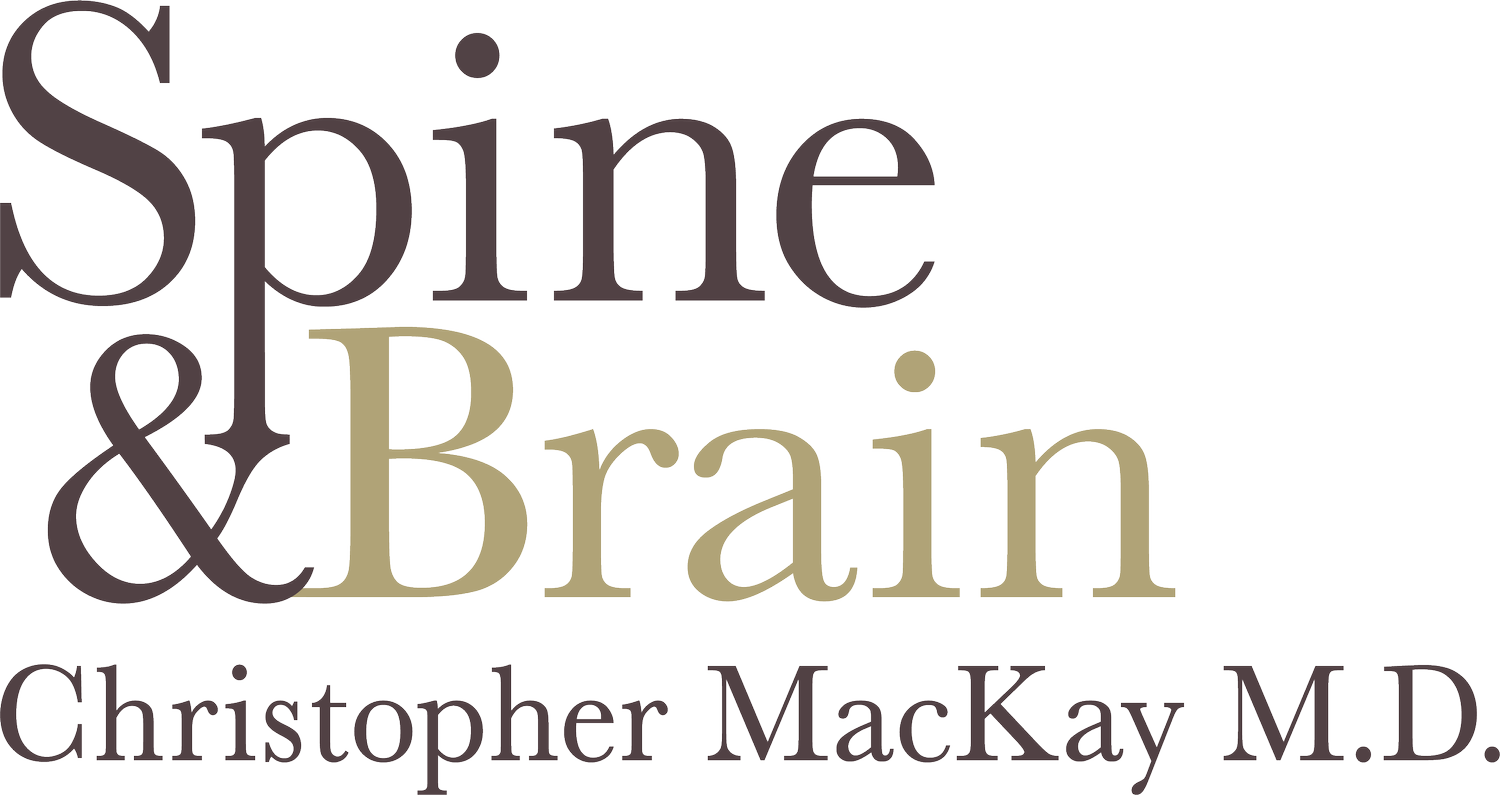Is Your Neck Pain from Cell Phone Use?
Cell phones have become indispensable in our digital age, but their frequent use can lead to unintended health consequences, particularly neck pain. At Mackay Spine and Brain, we explore the connection between cell phone use and neck pain, backed by scientific research, to offer you insights and solutions.
The Science Behind Cell Phone-Induced Neck Pain
Text Neck Syndrome: Prolonged cell phone use often leads to a condition commonly called "text neck." This term describes the neck pain and damage stemming from looking down at your cell phone, tablet, or other wireless devices too frequently and for too long (source: The Spine Journal).
Postural Stress: Constant forward head posture, typical in cell phone users, can lead to increased stress on the cervical spine. This can cause significant changes in the cervical spine's curvature, leading to chronic neck pain (source: Applied Ergonomics journal).
Recognizing the Symptoms
Common symptoms often begin subtly and can include neck soreness, which may be constant or intermittent. Headaches, particularly those originating at the base of the skull, can also indicate spinal issues. A stiff neck is another common sign, not just after waking but persisting throughout the day. A key symptom is an increased curvature of the spine, noticeable as a hunched posture or misalignment.
In more severe cases, these symptoms can escalate. One may experience spinal degeneration, characterized by a decrease in the spine's flexibility and resilience, leading to chronic pain and reduced mobility. Nerve damage is another serious consequence, manifesting as tingling, numbness, or limb weakness. This can result from the compression of spinal nerves due to various spinal problems.
Preventative Measures
Ergonomic Adjustments
Holding Your Phone at Eye Level: The need to tilt the head forward is minimized by elevating the phone to eye level. This position helps maintain a neutral spine position, reducing the strain on the neck.
Taking Frequent Breaks: Regular breaks from screen time are beneficial for eye health and crucial for spinal health. Take a brief break every 20 to 30 minutes to stretch and adjust posture.
Strengthening Exercises
Incorporating specific neck and shoulder exercises into your daily routine is a powerful way to counteract the strain caused by prolonged forward neck posture, a common issue with frequent cell phone use.
Isometric Neck Exercises: These involve applying gentle pressure to your head with your hand while resisting the movement with your neck muscles. This can be done in different directions (forward, backward, and side-to-side) to strengthen the entire neck musculature.
Shoulder Blade Squeeze: This exercise involves squeezing your shoulder blades together and holding the position for a few seconds.
Neck Stretches: Gentle stretching exercises can help maintain flexibility in the neck, reducing stiffness and pain. Include stretches such as tilting your head from side to side and looking up and down.
When to Seek Professional Help
If neck pain persists or worsens, it’s essential to consult with a healthcare professional. Persistent pain could be indicative of more severe conditions that require professional intervention.
At Mackay Spine and Brain, Dr. Christopher MacKay is dedicated to providing comprehensive care for spine-related issues, including those stemming from modern lifestyle habits like excessive cell phone use. If you're experiencing neck pain that might be related to your cell phone use, don’t hesitate to contact us.
References
"Impact of Mobile Device Holding Height on Neck Posture," Journal of Physical Therapy Science, 2021.
"Musculoskeletal Discomfort in Handheld Device Users," Applied Ergonomics, 2020.
“Effectiveness of Physical Therapy Exercises for Neck Pain Relief," Journal of Physical Therapy Science, 2021.
"Text Neck: An Epidemic of the Modern Era of Cell Phones?" The Spine Journal, 2018.
"Impact of Smartphone Use on Cervical Spine Posture," Applied Ergonomics, 2019.
"Ergonomics for Mobile Device Users," Ergonomics, 2020.
"Effectiveness of Exercise Therapy for Text Neck," Journal of Physical Therapy Science, 2021.
